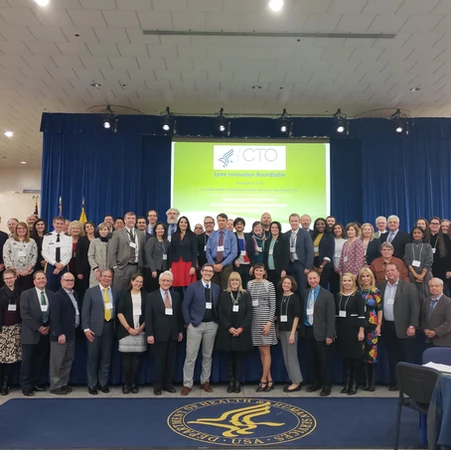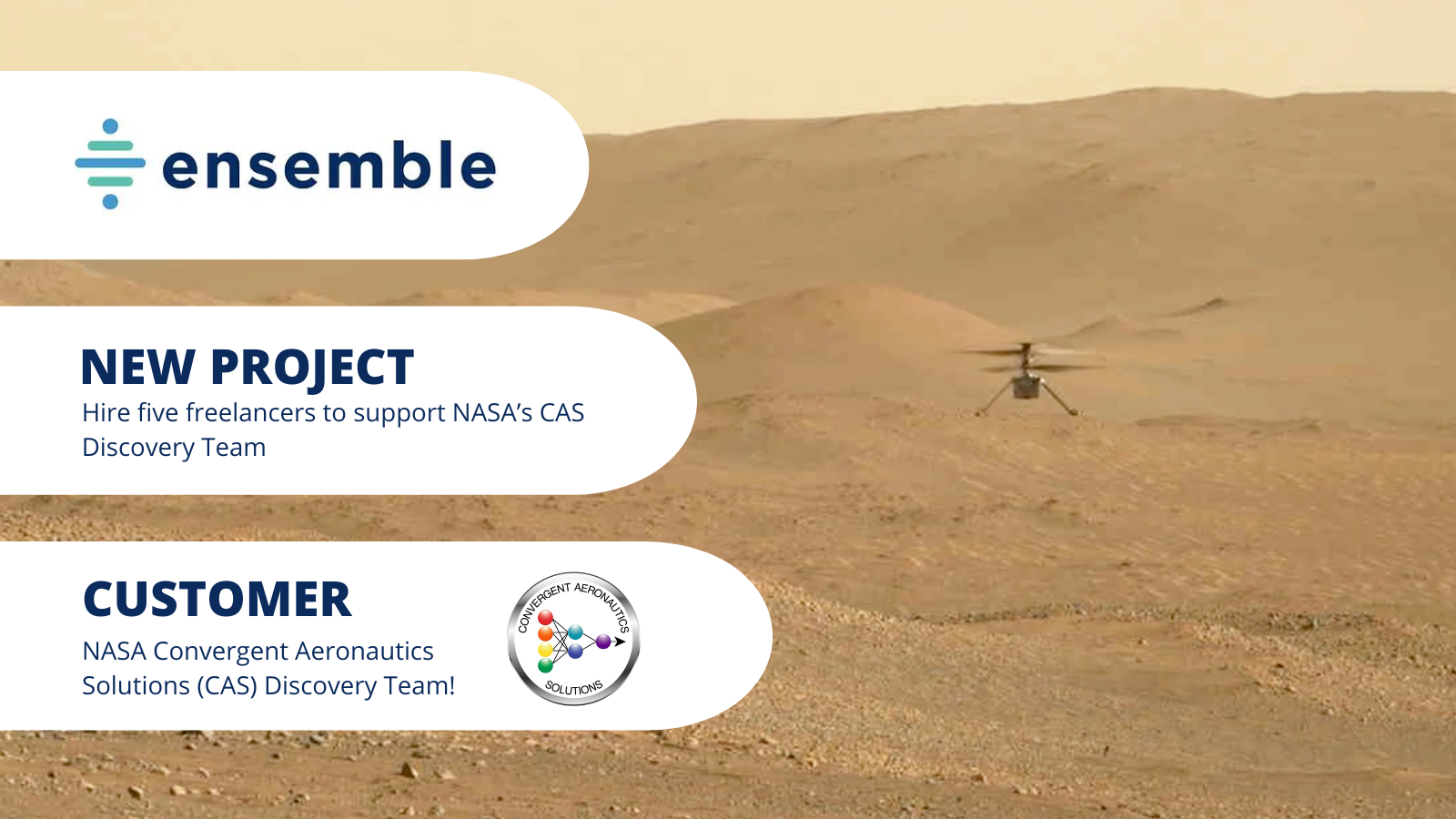On Tuesday, December 4th, the U.S. Department Health of Human Services (HHS) welcomed many of the nation’s most distinguished leaders in the fight against tick-borne diseases for its first-ever Lyme Innovation Roundtable. This HHS Office of the Chief Technology Officer (CTO) hosted the Lyme Innovation Roundtable in collaboration with the Steven & Alexandra Cohen Foundation, Bay Area Lyme Foundation, Center for Open Data Enterprise, and Ensemble.
“Harness the power of collaboration, data-driven innovation, and emerging technologies for Lyme and tick-borne diseases.”
The Lyme Innovation Roundtable featured a diverse series of speakers including clinicians, academic researchers, policymakers, patients and patient advocates, biotechnology companies, and philanthropic organizations united to eliminate tick-borne diseases. The day included three ‘breakout’ sessions to facilitate structured and inclusive discussions for all participants surrounding specific areas: prevention, diagnosis, and treatment.
Roundtable speeches and breakout discussions produced a wealth of invaluable insights. From the perspective of a technologist and innovator who is new to Lyme disease, yet facilitated one of the seven breakout tables at the Lyme Disease Roundtable, here are my key takeaways:
Educate the Public
While the Roundtable attendees came from diverse backgrounds, most agreed that public awareness is a critical starting point for enacting change in this space. In particular, there was not only a call for improved educational materials that better articulate the possible symptoms and threats of tick-borne diseases, but also a common understanding that the current educational outreach channels themselves fail to adequately communicate essential information that will resonate with their audiences.
Tuesday’s participants acknowledged that in order to improve education surrounding tick-borne diseases, the government must take the lead in collecting and disseminating accurate and impactful resources. Without government involvement, educational data lacks the necessary credibility and sense of importance necessary for driving action.
In addition to reinforcing available educational resources, attendees also agreed that data surrounding tick-borne diseases ought to be communicated differently in order to effect change. Educational materials must be presented in ways that will appeal to younger as well as older audiences. In particular, Roundtable attendees suggested leveraging modern technologies such as YouTube and mobile applications to transform raw data into stories and games that will more effectively convey the diseases’ symptoms, risks, and treatments to create impact through education.
Incorporate Cross-Disciplinary Prevention, Diagnostic, and Treatment Practices
Prevention and diagnosis were two key narratives of Tuesday’s discussions, specifically the difficulty of implementing effective prevention and treatment measures, and more accurately diagnosing tick-borne diseases. These issues are complicated due to the overlapping nature of these diseases’ symptoms. Common symptoms exist not only among tick-borne illnesses; they are also pertinent to many other diseases and disorders not caused by tick bites. For example, fatigue is a common sign not only of tick-borne diseases but also a symptom for a myriad of other possible diagnoses.
To better pinpoint symptoms directly related to tick-borne diseases, the community must look outward to the greater medical profession. By understanding these signs of illness outside the lens of tick-borne diseases, the community can better grasp how they relate to each other to more thoroughly determine which variations and combinations of symptoms are more likely due to a tick bite or not. For instance, a more holistic understanding of chronic fatigue can better equip a Lyme disease clinician to diagnose a disease related to his or her area of expertise, rather than a siloed approach of only considering the commonly-understood set of symptoms associated with tick-borne illnesses.
Leverage Public-Private Collaboration to Drive Innovation
A common theme from the roundtable is the belief that no single organization can spearhead the innovation needed to eradicate tick-borne diseases. There are simply too many valuable stakeholders for one organization or sector to single-handedly drive tick-borne disease innovation. Instead, collaboration must be encouraged within this diverse community spanning clinicians, educators, entrepreneurs, researchers, and policymakers. Namely, it is imperative that public and private entities work together and form initiatives such as Lyme Innovation.
These types of initiatives not only facilitate mutually beneficial knowledge sharing; they also provide an outlet for stakeholders to gather and innovate in harmony, rather than as separate actors fighting for the same cause. Especially considering the disparate nature of tick-borne disease innovation, there is a need for a forum that promotes a regular meeting place for the exchange of ideas and achievements. This type of perpetual dialogue will inherently drive tick-borne disease innovation – public and private organizations just need to work more closely together, as shown by the ongoing of this initiative.
While last week’s Lyme Innovation Roundtable was an important step to address tick-borne diseases, it is just a glimpse of the potential opportunities and breakthroughs that can be achieved by not just the this initiative, but all future public-private collaborations that follow its blueprint.
The rich discussions from the Roundtable will be synthesized and distributed as a public summary report by The Center for Open Data Enterprise, to help promote and advance the cross-disciplinary and organizational collaboration necessary to accelerate the defeat of tick-borne diseases.
If you missed the opportunity to attend, check out the livestream from the event. To learn more about the Lyme Innovation initiative, please email CTO@hhs.gov.
DISCLAIMER: Readers should not consider the report or any part of it to be guidance or instruction regarding the diagnosis, care, or treatment of tick-borne diseases or to supersede in any way existing guidance.







